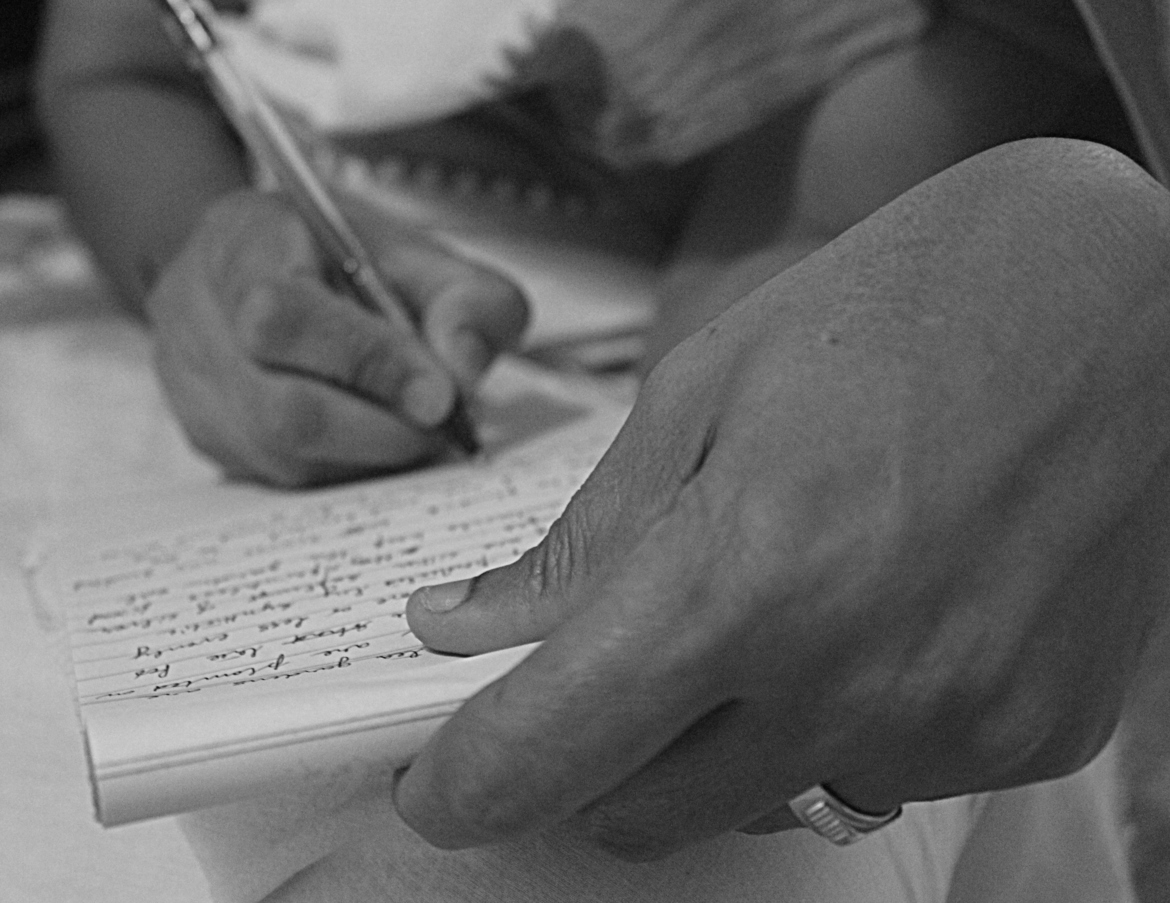I started this blog just over 15 years ago. Last week, I decided to drop into the way-back machine and check out my very first post in 2009 about sharing your story.
I thought the post might be dated.
It’s not. Not even slightly.
So, I decided to run it again, especially since sharing your story in an authentic way works on both the personal and professional level. As I’ve mentioned before, people like to know who they’re doing business with. So, even if you’re not writing a memoir, you can use the tips below to dig into your past and come up with revealing stories that will draw people to you.
Everyone has a story to tell, and more and more people want to put theirs on paper. There is no reason not to. With the right approach, writing your memoir can wind up being a leisurely cruise down memory lane instead of a pileup.
Do you want to share your story? Start by making a list of all the people in addition to yourself who will populate your story. Next, write character sketches of each of those people. Add in every little detail you can remember, from how they look and smell to what they do for a living and for fun. Chronicle any stories you recall about them, whether they involve you or not. Don’t stress if you can’t remember much. As you warm to the task and start writing other character studies, memories will come flooding back. As they do, either return to that character’s sketch or, if you don’t want to break away from what you’re working on, write yourself notes that are detailed enough to rekindle that memory when the time is right.
Once you’ve got your character studies well in hand, start writing about yourself. To share your story, you can start at the beginning of your story (or your life), but you don’t have to. Write about anything that strikes you, in whatever order you like. You’ll have plenty of time to shuffle the bits and pieces around once you’re done.
Now it’s time to weave the two strands together. You can use the timeline as your guide, or focus on connecting similar themes together, or both. The key is to people your story with your character studies in a way that enriches your narrative while maintaining its flow. As with any puzzle, progress will slow at this stage, especially since you’ll not only need to figure out the order, but the transitions as well. Don’t worry about revising the character studies or your own story at this stage. You’ll have plenty of time to tinker once you have the beginning, middle, and end of your story.
Just make sure you sidestep any potential legal issues. That’s definitely not how you want to remember your past.




















0 Comments